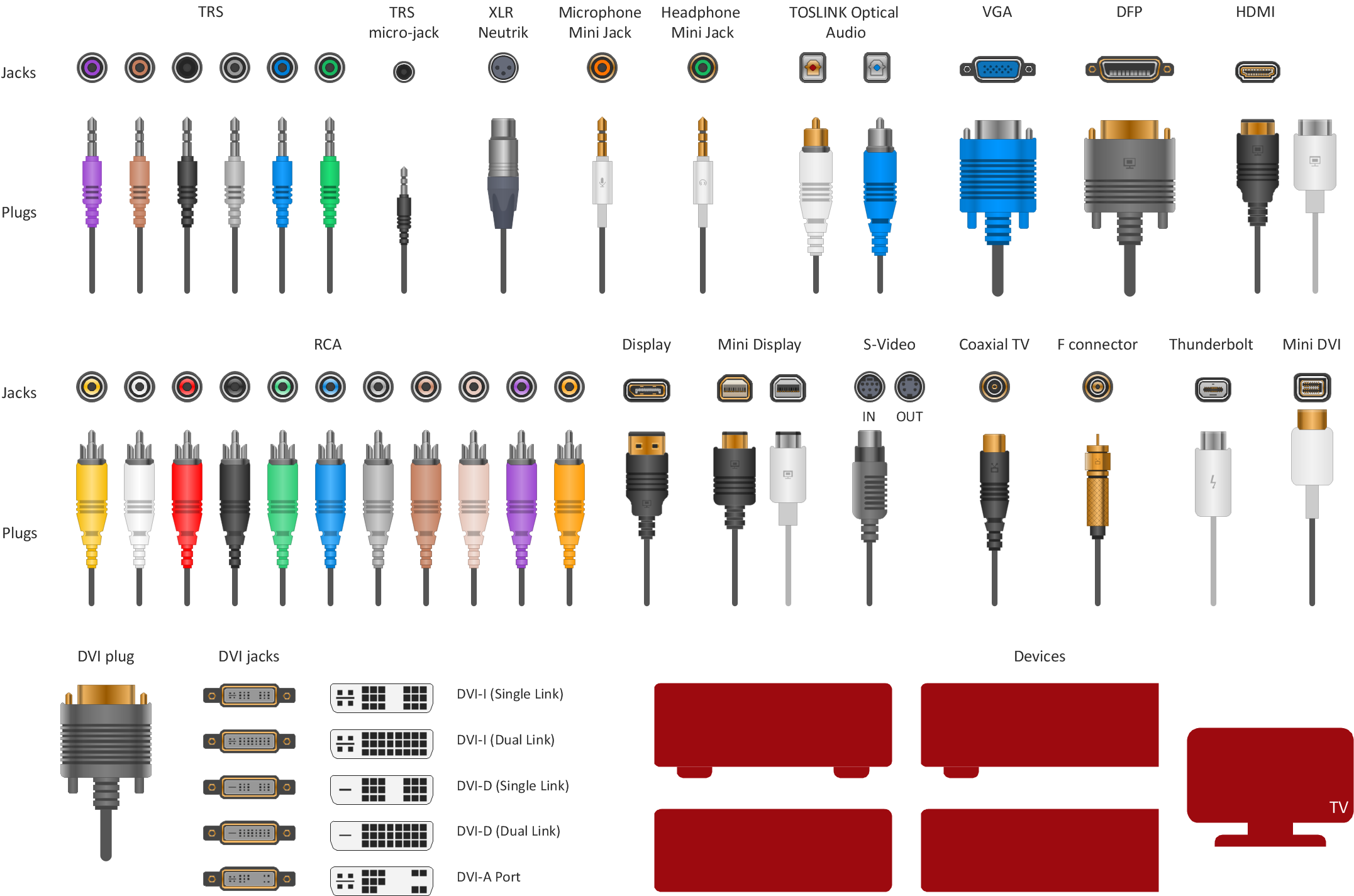Optimal Strategies for Placing Surveillance Cameras to Improve Surveillance Effectiveness
Optimal Strategies for Placing Surveillance Cameras to Improve Surveillance Effectiveness
Blog Article

Placing surveillance cameras effectively effectively remains crucial for improving surveillance across various settings, such as homes, commercial properties, and community spaces. The main goal of surveillance systems remains to deter criminal activity and offering evidence during case of events. To attain this, it is important to consider various elements, including camera placement, range of view, as well as the specific zones that require monitoring. By comprehending these elements, people and entities can create a thorough surveillance plan that maximizes the efficacy of their security solutions.
One of the first actions in placing surveillance systems involves to identify critical areas that require surveillance. Vulnerable zones, including entrances, exit points, parking areas, as well as areas with high-value assets, must be prioritized. It is crucial to consider areas not visible, which may be areas that may not be seen from certain perspectives. By mapping out these key locations, security staff can ensure that all corner remains monitored, reducing the chances of illegal activity going undetected. Additionally, installing cameras at key points can help form a comprehensive perspective of the property, enabling for improved overall surveillance coverage.
The field of a surveillance camera remains another crucial factor to take into account. Different types of surveillance systems offer different fields of vision, which can affect how many area is recorded in the footage. For instance, broad-view cameras can monitor bigger spaces, making them perfect for open locations, while PTZ systems can be adjusted to focus on particular details. When positioning surveillance systems, it is important to select the right kind based on the area being monitored. This guarantees that the system can capture sharp footage and provide valuable data in case of an incident.
Elevation and tilt of mounting also play a significant role in the efficacy of surveillance systems. Cameras should be mounted at a level that remains out of grasp of potential tampering but still allows for unobstructed viewing of faces and other identifying details. A typical recommendation is install systems at least 8 to ten feet off the ground. Additionally, the tilt at which the system remains set can impact its ability to record crucial information. Cameras should be tilted to reduce glare and avoid blockages, guaranteeing that they can record sharp video at all times.
In conclusion, routine maintenance and updates to the surveillance system are essential for sustained efficacy. This includes checking system performance, wiping lenses, and making sure that firmware is current. Frequent assessments of the surveillance plan can assist identify any additional areas not visible or areas that may need additional coverage. By remaining vigilant and making required changes, individuals and entities can enhance their surveillance efficacy and cctv camera installation for large properties ensure that their security solutions continue to serve their designated function.